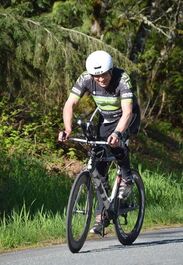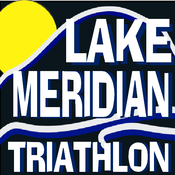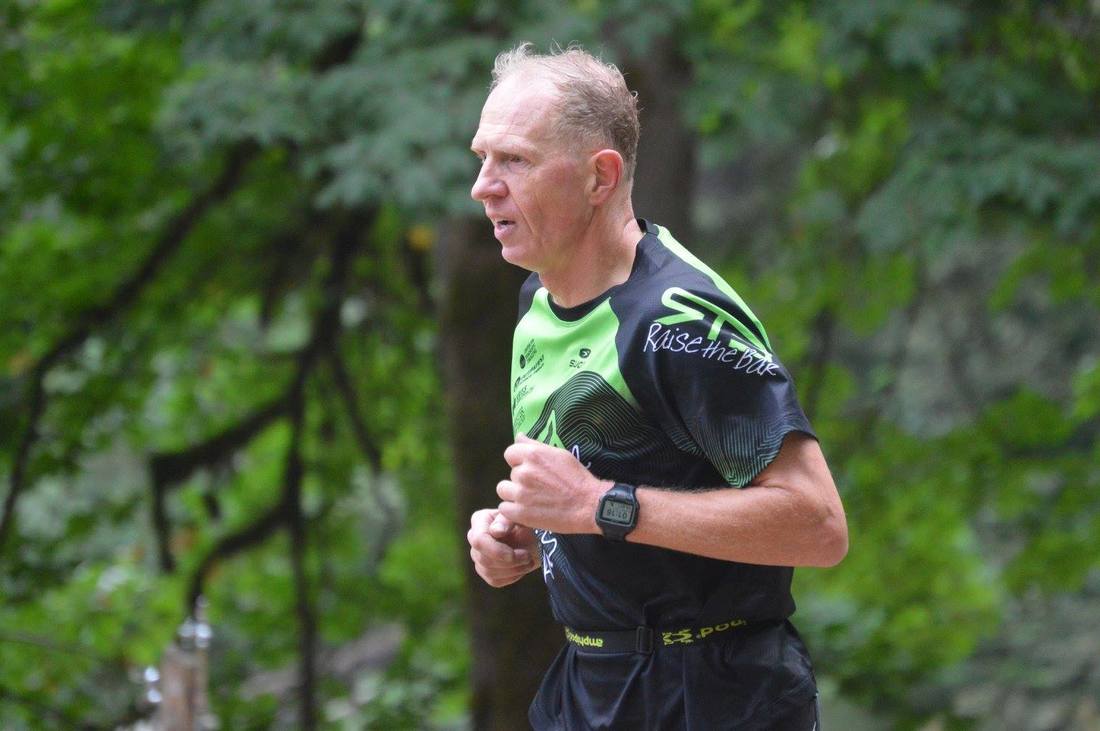 Article by RTB Sponsor: Holly Pennington, PT, DPT/Outpatient Physical Therapy If you are one of the 60% of cyclists suffering from neck pain, you have probably already gone down the bike fit road. Everything from the incline of your saddle to how your helmet fits can cause extra strain on the muscles and joints of the cervical spine. But what do you do when the angles on your bike are correct, your gear fits, and your neck still hurts? Just like bicycles, our bodies are intricate machines that need fine tuning to operate at their optimal level. Due to the flexed position of the lower (lumbar) and middle (thoracic) spine while cycling, the demand on the upper (cervical) spine musculature is high. When muscles that were created to support the neck are neglected and/or joints below the cervical spine become stiff, pain arises. And, a tune-up is necessary! Let’s look at three common musculoskeletal dysfunctions that contribute to neck pain in triathletes who spend a significant amount of time in the saddle. Deep Neck Flexor Weakness Most likely the phrase “core strengthening” brings planks, crunches and maybe even Kegel exercises to mind. Lower abdominals, deep low back muscles and pelvic floor muscles that support the lumbar spine dominate the “focus on the core” movement. But the reality is that there are core muscles of the cervical spine also. The deep neck flexors are a group of muscles with fancy names like longus coli and rectus capitus whose primary function is to support the neck. These small, neglected muscles traverse the front of the cervical spine and are the abdominals of the neck. When was the last time you did a few sets of neck crunches? Unless in distress, these muscles rarely get exercise, so they shrink and become weak. When they are not strong enough to fulfill their purpose as support for the 11-pound head sitting above them, other muscles compensate. Specifically, the trapezius muscle (which runs from the base of the skull to the shoulder) is recruited to work overtime to support the weight of the head. Overworked muscles become tight and painful, so the trapezius muscle becomes a source of neck pain. Deep neck flexor training is needed to restore the muscular balance around the cervical spine. Specific exercises (not neck crunches!) individualized for your unique cervical spine curvature build strength in these muscles and, simultaneously, relieve neck pain. Thoracic Spine Stiffness One of the key features of the cyclist’s position on the bike is spinal flexion. Both the lumbar and thoracic portions of the spine must be flexed (or rounded) to achieve aerodynamic positioning. This demand comes more naturally to the lumbar spine than the thoracic. Because the middle spine attaches to the ribs to protect key organs like the lungs and heart, the vertebrae in the thoracic spine naturally move less. They do not respond well to flexion for prolonged periods, so they stiffen with time. When this happens, more strain is placed on the areas above the tight areas (i.e. the lower cervical spine) to maintain the position needed to cycle. Just like our bikes, our bodies will get the job done somehow. The question is, how efficient are they? Thoracic spine mobility exercises and joint mobilizations that address the specific stiff segments balance the demand for spinal flexion and relieve the stress on the cervical spine. C/T Junction Strain The area where the neck meets the middle spine is called the cerivicothoracic junction or C/T junction. You can easily find this important joint by feeling down your neck for the knob-like bone at the base of your neck. At the C/T junction, the natural curve of the spine changes from extension to flexion. Cycling requires exaggeration of the normal cervical and thoracic curves (more extension in the neck and more flexion in the mid-back than what is required for most activities), which puts extra stress on the junction where the curve changes. Think of it like a busy interaction – increased traffic means more accidents and more wear and tear on the roads. The C/T junction responds to increased strain by becoming restricted, which places increased loads on the areas above and below it, similar to thoracic spine stiffness. When the cervical spine above the C/T junction is required to move more, it also needs even more support from the deep neck flexors. The vicious cycle begins! To restore motion in the C/T junction, manual therapy that focuses on joint mobilization combined with deep neck flexor training is necessary. Optimal spinal health is of paramount importance for cyclists and is difficult to achieve without professional assistance. Remember, your body is the most complicated machine you have and care beyond smart triathlon training is needed at times. When your bike fits but your neck still hurts, get help! Physical therapists at Outpatient Physical Therapy are specialists in deep neck flexor training and spinal joint mobilization. Call one of the 8 King/Pierce County locations to schedule your evaluation: www.outpatientpt.com
Andriette Hall
2/12/2020 09:01:37 am
Thank you for this article! Comments are closed.
|
Raise the BarRace reports, upcoming events, news, and more, from RTB. Archives
September 2023
|
 RSS Feed
RSS Feed




